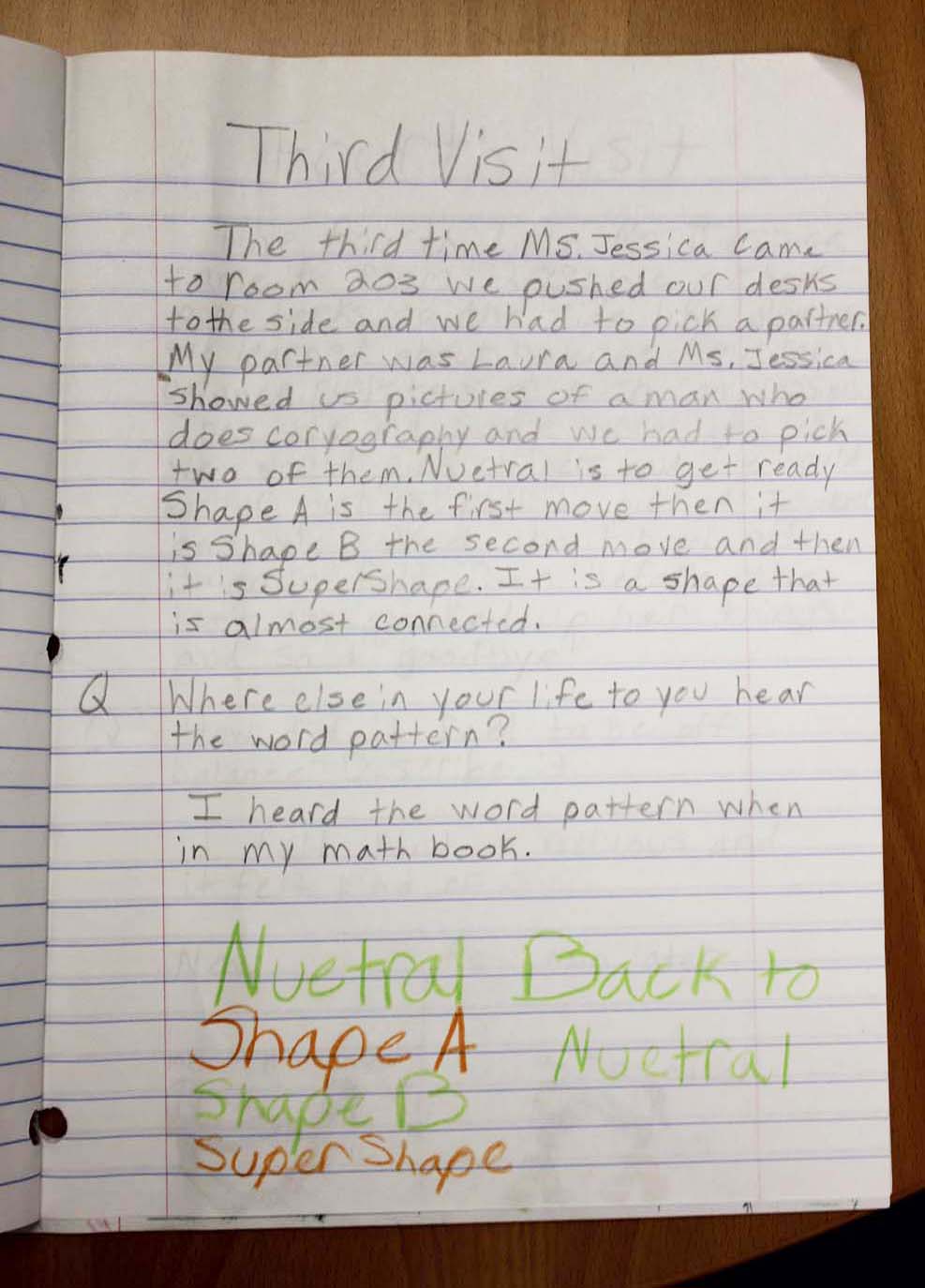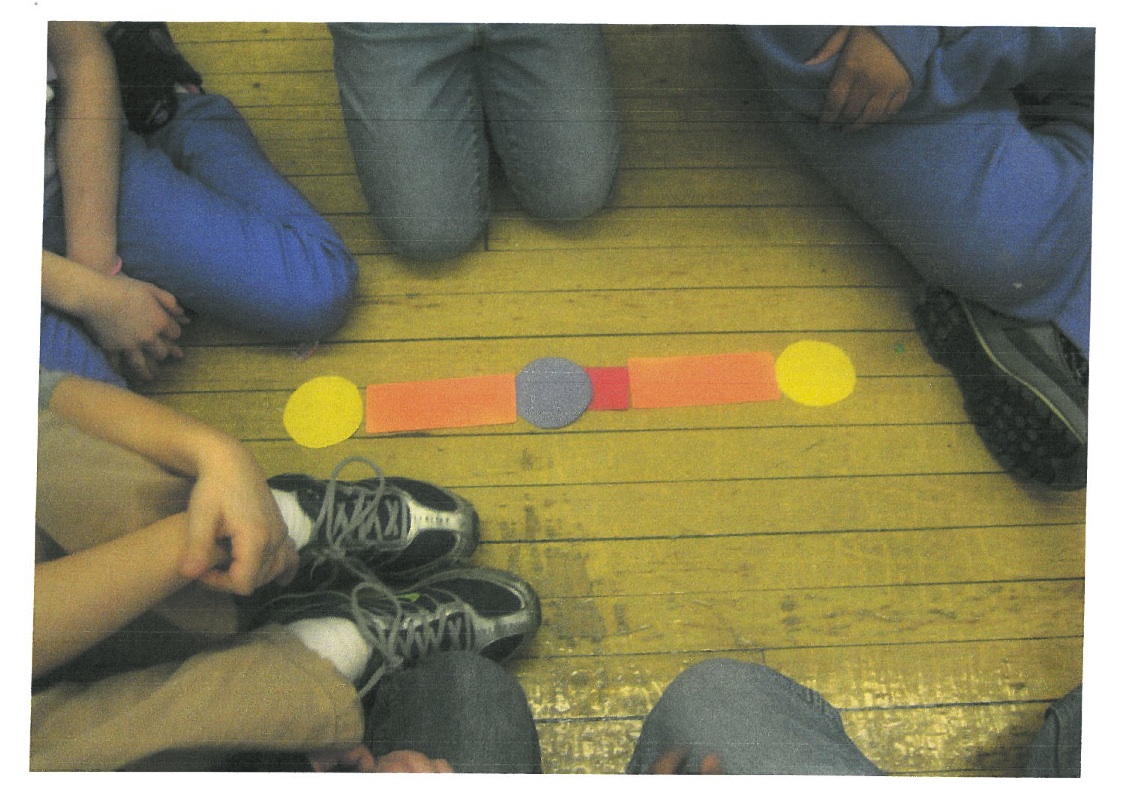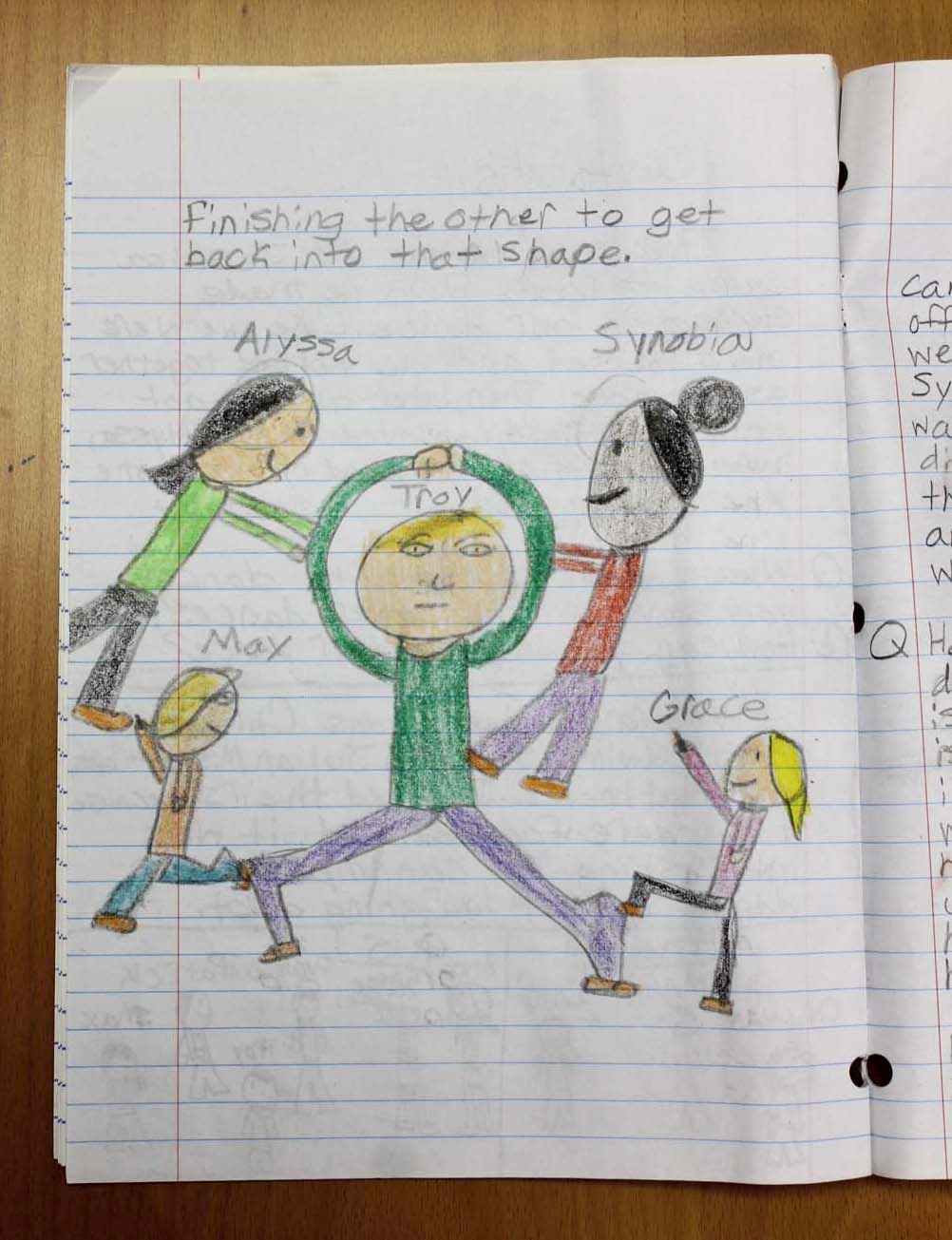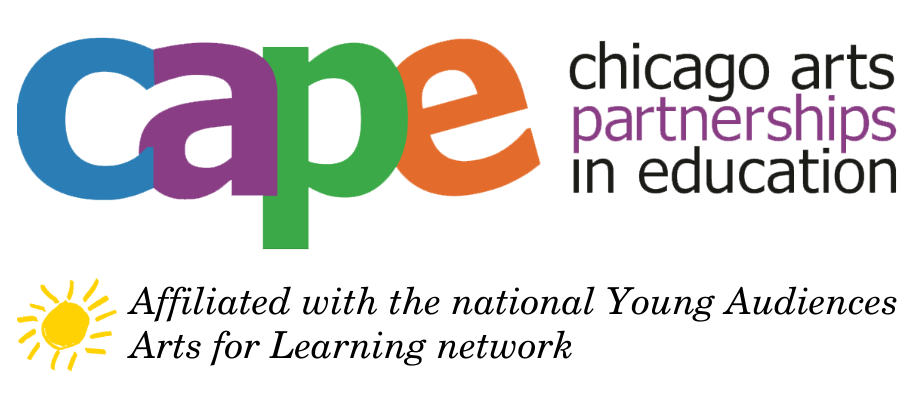PAIR Project Curriculum Example: Theater and Dance at Swift and Thorp Elementary Schools
This curriculum guide documents work that occurred with two 4th grade classrooms at Swift and two 4th grade classes at Thorp during the final year of the PAIR project (2008-2009). Theater and Dance artist Jessica Hudson worked with Swift and Thorp schools for all three years of the PAIR Project. While CAPE had been previously involved to some degree in professional development for teachers from Swift, the PAIR Project was both schools’ first experience with CAPE-supported teacher-artist partnerships.
School Details:
George B. Swift Specialty School
- Kindergarten through 8th grade
- Located in the Edgewater neighborhood
- Fine and Performing Arts Magnet Cluster Program (FPAMCP) school, with Magnet Cluster Lead Teachers (MCLTs) for Visual Art and for Music
Ole A. Thorp Scholastic Academy
- Kindergarten through 8th grade
- Located in the Portage Park neighborhood
- Math and Science Magnet Cluster Program school, with Magnet Cluster Lead Teachers for Math and for Science
Additional information about the work at Swift and Thorp
- Visual art and dance/theatre were integrated into math units for 4th, 5th, and 6th grade classes at both schools
- The same two artists worked for all three years of the project at both schools
- Each artist spent 8-10 sessions in each classroom, each year of the project
Project Foundations
Big Idea: Patterns
Inquiry Question: How can students learn about shapes, physical space, and patterns in math and dance by creating individual and group choreography and performances?
Further discussion: The teachers and the artist were interested in how students could use dance concepts- locomotor movement, non-locomotor movement, shape, and counterbalance- to develop a deeper understanding of pattern and sequence. Students used paper shapes, color, drawings, and their bodies to create and revise patterns and sequences in a variety of ways. As with many of the projects developed for PAIR, these teachers and their teaching artist planned this project carefully to encourage both independent and group work that would challenge students to practice collaborative skills for the duration of their time in the program.
Project Narrative
For this project, the teaching artist and classroom teacher integrated math with dance. Students learned how to create choreography and did so directly in relation to the mathematical concepts they were studying. From their experiments in building and performing mathematically-generated choreography, students then prepared and performed a mathematical dance in an auditorium full of the schools’ students and teachers.

One student’s journal entry about exploring different shapes dancers make with their bodies

Students used their bodies to create planes, buildings, and cities

Groups used shapes to create patterns and draft their choreography. Each shape represented a different type of movement and the pattern represented the order in which those movements would occur

One student’s drawing of a final performance by her classmates
Project Reflections
In post-project interviews Jessica Hudson and the teachers she worked with during the PAIR project remarked on the challenge of integrating math into dance and movement and on the results of using fun and physicality to differentiate mathematic concepts for different types of learners.
Jessica and many of the teachers also identified the value of checking in constantly to assess the project in real-time. In groups, and often with their other teaching artist, Juan-Carlos Perez, their curricula were reflected on and refined not only at the end of each year in preparation for the next, but all throughout the project, before and after any given classroom session.
PAIR students reflect on their learning with Jessica:
Student 1: “I’ve been learning, like, how to do stuff I never learned to do. Like, for instance, the Shape Museum. I never heard of that, and then I figured out how to do it. Now I understand, I learned how. Jessica helped us and we learned to be parallel statues and walk in a correct time and everything.”
Student 2: “Yeah, you should know [that] because then, like, if you get like on a test, it might have, like, what does parallel mean. Then you’ll know it quick!”
A PAIR teacher reflects on the benefits of learning through arts integration:
“…You know, from every study that I’ve seen, almost all kids will learn when they move and they have hands-on, versus not everyone’s going to be, you know, better with listening or speaking. So I think that arts kind of in its definition does do that a lot. It does have a lot of movement, it does have a lot of hands-on. So I think that arts integration naturally helps you differentiate. I think it helps you get there. And I think it’s both process and product.”
Illinois State Goals (as of 2009) addressed by this project
Math:
- 6.D.2: Descrive the relationship between two sets of data using ratios and appropriate notations.
- 7.A.1a: Measure length, volume and weight/mass using rulers, scales and other appropriate measuring instruments in the customary and metric systems.
- 7.B.1a: Given a problem, describe possible methods for estimating a given measure.
- 8.A.1a:Identify, descrive, and extend simple geometric and numeric patterns.
- 8.B.1: Solve problems involving pattern identification and completion of patterns.
- 9.A.1a: Identify related two- and three- dimensional shapes including circle-sphere, square-cube, triangle-pyramid, rectangle-rectangular prism and their basic properties.
- 9.A.2a: Build physical models of two-dimensional and three-dimensional shapes
- 9.B.1a: Identify and describe characteristics, similarities and differences of geometric shapes.
- 9.B.1c: Sort, classify, and compare familiar shapes.
Fine Arts:
- 25.A.1a: Identify the elements of personal and shared space, direction in space, quick and slow speed, firm and fine force, the principles of AB choreographic form and sequence; and the expressive qualities of mood and emotion.
- 26.A.1a: Understand that the body is the primary tool of dance and identify secondary tools (e.g., pictures, visual aids, words, props, and recordings).
- 26.B.1a: Perform basic locomotor, non-locomotor movements and traditional dance forms and create simple dance sequences
Plan a CAPE Field Trip
Visit CAPE and learn more about our research: join us for a casual, one-hour info session that we call the CAPE Field Trip. You’ll tour our office, learn about our impact on students, teachers, and communities, and meet some of our staff members and partners.


